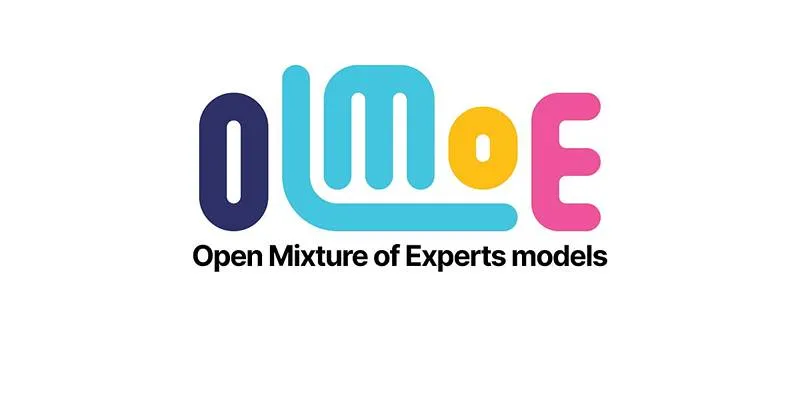Machine learning is rapidly transforming various sectors, and while Python remains a popular choice, JavaScript is increasingly gaining traction for machine learning applications. JavaScript’s capability to run in browsers and its ease of use make it an attractive option for developers familiar with the language. With tools like TensorFlow.js, integrating machine learning into web applications has become more seamless, allowing models to operate without a server.
This client-side processing enhances speed and saves time for users. However, JavaScript does have its limitations, particularly with large datasets, and some of its machine learning libraries are still in the early stages of development. In this article, we will explore the advantages and drawbacks of using JavaScript for machine learning. Our goal is to help you understand when JavaScript might be beneficial and when it may not be the best option.

What Is JavaScript Machine Learning?
JavaScript supports machine learning, primarily in the realm of web development. Libraries like TensorFlow.js and Brain.js enable developers to create, train, and deploy machine learning models directly in the browser, eliminating the need to send data to a server and thus enhancing speed and privacy. Additionally, JavaScript is compatible with Node.js, allowing machine learning models to run on both browsers and servers.
This flexibility makes JavaScript ideal for web-based applications with interactive elements or smart web apps requiring real-time responses. While JavaScript is capable, Python offers more robust capabilities and resources for complex machine learning tasks. JavaScript is particularly beneficial for smaller projects without large databases or intensive computing needs. Despite its limitations, JavaScript remains useful for certain machine learning applications, especially in web environments.
Pros of Using JavaScript for Machine Learning
JavaScript offers several advantages for machine learning in web-based and real-time applications:
- Runs in the Browser: JavaScript operates natively in browsers, so users don’t need to install additional software. This client-side operation is ideal for real-time applications like chatbots or games, enhancing privacy as data remains on the user’s device.
- Easy for Web Developers: Many web developers are already proficient in JavaScript, so they don’t need to learn a new language. Incorporating machine learning elements into web pages is straightforward, making it an accessible option for beginners.
- Strong Community and Tools: The JavaScript developer community is extensive, providing a wealth of open-source code, forums, and tutorials. Libraries like TensorFlow.js, Synaptic, and Brain.js are rapidly growing, enabling developers to quickly test concepts.
- Cross-Platform Support: JavaScript is versatile, running on various platforms, including computers, tablets, and phones. With Node.js, developers can create full-stack machine learning applications using only JavaScript, a significant advantage for small teams.
- Real-Time Interaction: JavaScript allows web applications to deliver real-time updates, creating interactive tools that respond quickly to users. This makes JavaScript valuable for creative, engaging applications.

Cons of Using JavaScript for Machine Learning
JavaScript has some limitations that may restrict its use in more challenging machine learning projects:
- Slower Than Python: JavaScript runs slower than Python for machine learning tasks, particularly with large datasets and complex models. Python also offers better support for GPU acceleration, speeding up training.
- Fewer Advanced Libraries: Although JavaScript has growing libraries, they are less advanced compared to Python’s robust tools like TensorFlow, PyTorch, and Scikit-learn, limiting developers’ options.
- Harder to Handle Big Data: JavaScript struggles with handling large data volumes, where Python is more suitable. Excessive data can cause JavaScript applications to slow down or crash.
- Limited Hardware Access: JavaScript operates within a browser sandbox, restricting access to hardware capabilities compared to Python, which can utilize complex file systems and full GPU access.
- Less Community Support for ML: While the overall JavaScript community is large, its machine learning segment is smaller, offering fewer resources and experts, which can hinder problem-solving and skill development.
When to Use JavaScript for Machine Learning
JavaScript is suitable for specific machine learning scenarios, particularly when developing intelligent web applications. If your project requires models to run directly in the browser, JavaScript is a good choice, enabling fast, responsive programs without a server.
JavaScript is ideal for lightweight or straightforward machine learning tasks, including real-time applications like image filters, speech recognition, and recommendation systems that don’t require deep learning models or extensive datasets. It is also a great choice for teams already proficient in JavaScript, reducing learning time and allowing focus on feature development.
JavaScript works well for applications that need to run across multiple devices, such as computers, tablets, and phones. Overall, JavaScript is best suited for small to medium machine learning projects, particularly those involving user-facing web applications.
Conclusion:
JavaScript provides an accessible means of implementing machine learning in web-based applications, running directly in browsers for excellent cross- device support and real-time use. It’s easy for developers already familiar with JavaScript to add machine learning capabilities. However, it may not be ideal for complex models or large data tasks, lacking the sophisticated tools found in Python.
Despite these limitations, JavaScript is valuable for adding intelligent features to small applications. As tools like TensorFlow.js continue to evolve, JavaScript’s role in machine learning is likely to grow, making it a worthy consideration for many developers. For further understanding of how JavaScript compares to Python in machine learning, consider exploring this comprehensive guide by Towards Data Science.
 zfn9
zfn9






















